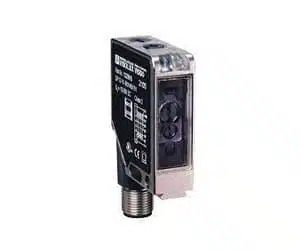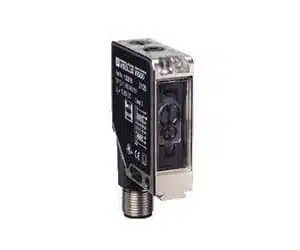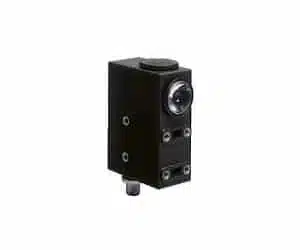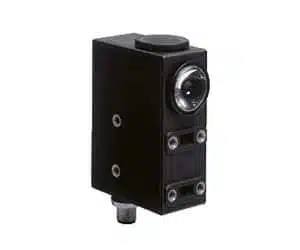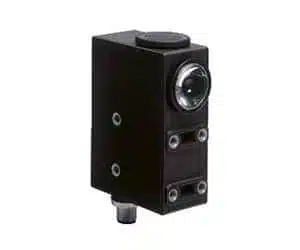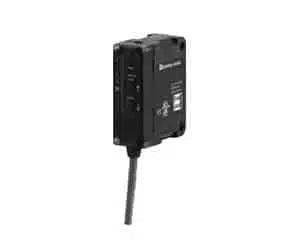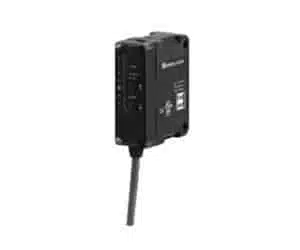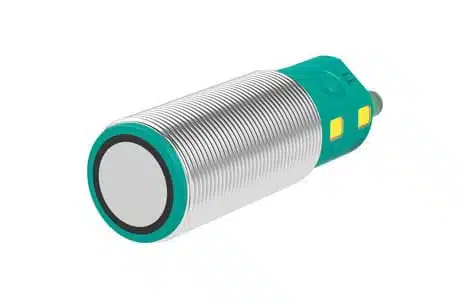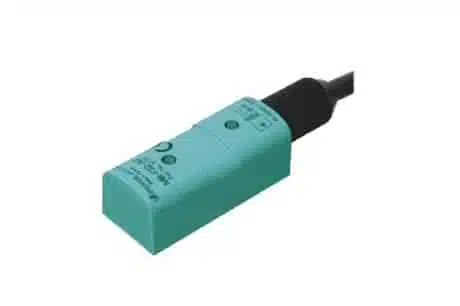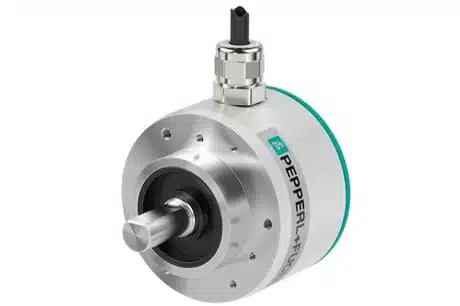Pepperl Fuchs Color Sensor: Color Detection Sensors
IndMALL Automation offers a variety of Pepperl Fuchs Color Sensor. The P&F Color Sensor is designed to detect and recognize three different colors in parallel by periodically scanning the target material on the R, G, and B color channels. It can recognize three different colors simultaneously.
Contact us for all your Pepperl Fuchs Color Sensors needs and experience the benefits of our high-quality products and services.
DF12-11-3K/9s20/145/151
- Sensor Range: 11 mm ± 2 mm
- Light Source: 3 LEDs (R,G,B)
- Signal Output: 3 push-pull (4 in 1) outputs, short-circuit proof, reverse polarity protected
- Operating Voltage: 10 … 30 V DC
- Switching Voltage: max. 30 V DC
- Switching Frequency: 500 Hz
DF12-11-3K/145/151
- Sensor Range: 11 mm ± 2 mm
- Light Source: 3 LEDs (R,G,B)
- Signal Output: 3 push-pull (4 in 1) outputs, short-circuit proof, reverse polarity protected
- Operating Voltage: 10 … 30 V DC
- Switching Voltage: max. 30 V DC
- Switching Frequency: 500 Hz
DF20/9S20/49/124
- Sensor Range: 9.5 mm ± 2 mm
- Light Source: 3 LEDs (R,G,B)
- Signal Output: 1 PNP and 1 NPN short-circuit protected, open collector, synchronized-switching
- Operating Voltage: 10 … 30 V DC
- Switching Voltage: PNP: ≥ (+UB -2.5 V) , NPN: ≤ 1.5 V
- Switching Frequency: 1.65 kHz
DF20-2883-B-49-124
- Sensor Range: 9.5 mm ± 2 mm
- Light Source: 3 LEDs (R,G,B)
- Signal Output: 1 PNP and 1 NPN short-circuit protected, open collector, synchronized-switching
- Operating Voltage: 10 … 30 V DC
- Switching Voltage: PNP: ≥ (+UB -2.5 V) , NPN: ≤ 1.5 V
- Switching Frequency: 1.65 kHz
DF20/B/49/124
- Sensor Range: 9.5 mm ± 2 mm
- Light Source: 3 LEDs (R,G,B)
- Signal Output: 1 PNP and 1 NPN short-circuit protected, open collector, synchronized-switching
- Operating Voltage: 10 … 30 V DC
- Switching Voltage: PNP: ≥ (+UB -2.5 V) , NPN: ≤ 1.5 V
- Switching Frequency: 1.65 kHz
DK50-UV-190/115b/147
- Sensor Range: 0 … 190 mm
- Light Source: LED
- Signal Output: 1 PNP and 1 NPN short-circuit protected, open collector, synchronized-switching
- Operating Voltage: 10 … 30 V DC
- Switching Voltage: max. 30 V DC
- Switching Frequency: 2.5 kHz
DK50-UV-609/79d/115b/147
- Sensor Range: 50.8 … 609.6 mm
- Light Source: LED
- Signal Output: 1 PNP and 1 NPN short-circuit protected, open collector, synchronized-switching
- Operating Voltage: 10 … 30 V DC
- Switching Voltage: max. 30 V DC
- Switching Frequency: 600 kHz
People Also Ask
How Many Color Sensors Do We Have?
Humans possess three types of color sensors, known as cones, that detect red, green, and blue light. This trichromatic vision allows the brain to perceive a wide spectrum of colors by mixing signals from these cones. In contrast, most other mammals have only two types of cones, sensitive to green and blue/UV light, limiting their color perception.
What is the Structure of Color Sensor?
What Does the Color Sensor Detect?
A color sensor detects the color of an object by measuring the intensity of light reflected from it in red, green, and blue components. It uses these measurements to determine the object’s color, differentiating among a wide range of hues. This allows for precise color identification and sorting in various applications.
Please share your Pepperl Fuchs Color Sensor Requirement with sales@indmall.in

